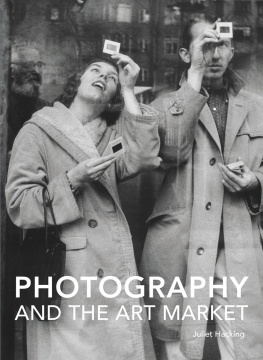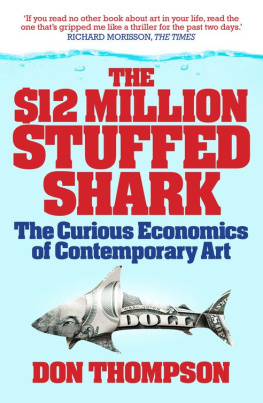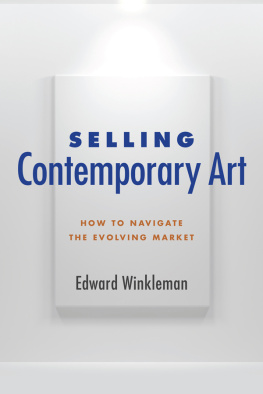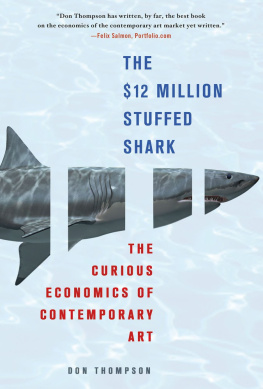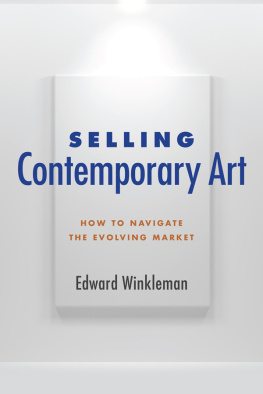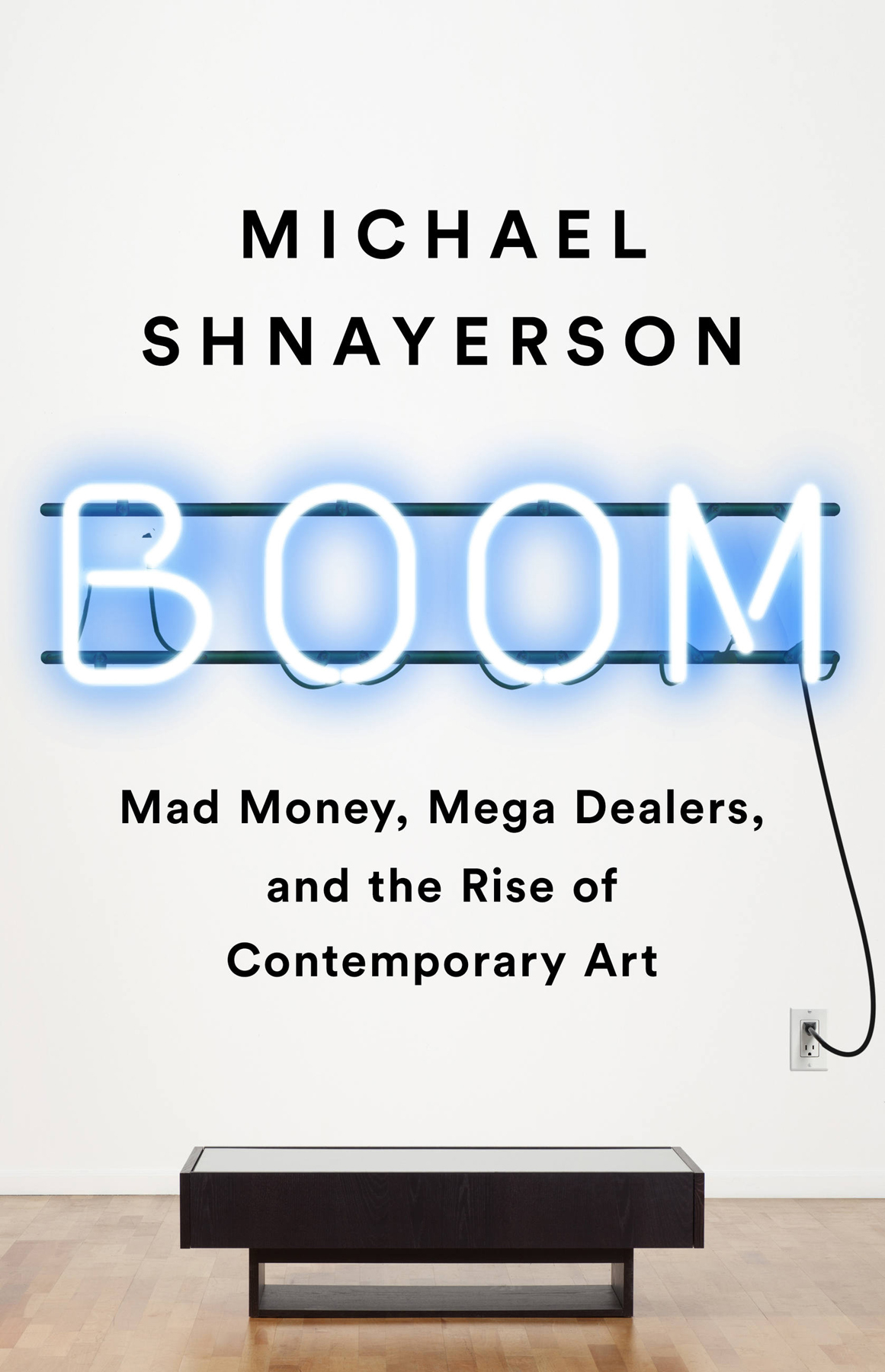Copyright 2019 by Michael Shnayerson
Cover design by Pete Garceau
Cover images copyright iStock/Getty Images
Cover copyright 2019 Hachette Book Group, Inc.
Hachette Book Group supports the right to free expression and the value of copyright. The purpose of copyright is to encourage writers and artists to produce the creative works that enrich our culture.
The scanning, uploading, and distribution of this book without permission is a theft of the authors intellectual property. If you would like permission to use material from the book (other than for review purposes), please contact permissions@hbgusa.com. Thank you for your support of the authors rights.
PublicAffairs
Hachette Book Group
1290 Avenue of the Americas, New York, NY 10104
www.publicaffairsbooks.com
@Public_Affairs
First Edition: May 2019
Published by PublicAffairs, an imprint of Perseus Books, LLC, a subsidiary of Hachette Book Group, Inc. The PublicAffairs name and logo is a trademark of the Hachette Book Group.
The Hachette Speakers Bureau provides a wide range of authors for speaking events. To find out more, go to www.hachettespeakersbureau.com or call (866) 376-6591.
The publisher is not responsible for websites (or their content) that are not owned by the publisher.
The Library of Congress has cataloged the hardcover edition as follows:
Names: Shnayerson, Michael, author.
Title: Boom : mad money, mega dealers, and the rise of contemporary art / Michael Shnayerson.
Description: First edition. | New York : PublicAffairs, 2019. | Includes bibliographical references and index.
Identifiers: LCCN 2018044679 (print) | LCCN 2018046063 (ebook) | ISBN 9781610398411 (ebook) | ISBN 9781610398404 (hardcover)
Subjects: LCSH: ArtEconomic aspectsHistory21st century. | ArtMarketingHistory21st century. | Art and societyHistory21st century.
Classification: LCC N8600 (ebook) | LCC N8600.S54 2019 (print) | DDC 701/.03dc23
LC record available at https://lccn.loc.gov/2018044679
ISBNs: 978-1-61039-840-4 (hardcover), 978-1-61039-841-1 (ebook)
E3-20190404-JV-NF-ORI
In Boom, Michael Shnayerson masterfully traces the blaze-like contemporary art market back to what now seem like unassuming origins. He tells how, somewhere along the way, dealers persuaded the rest of the art world that what they were looking at was not as important as why they were looking at it. And the why, as it turns out, was money.
Graydon Carter, former editor of Vanity Fair and founder of Air Mail newsletter
How did the art worldthe rarefied, decorous realm of a few hundred in the 1960sbecome the art market? Michael Shnayerson penetrates the mysterious conclave of taste, style and money in this sparkling, high-octane account. Its all here and beautifully bound together, from Lucien Freuds gambling debts to the AIDS epidemic to private museums to the magical question of whether the artist makes the dealer or the dealer the artist.
Stacy Schiff, author of Cleopatra: A Life and The Witches: Salem, 1692
The high end of the contemporary art market is driven by branding, backstories, mega dealers, art fairs, art investment funds, and occasionally, a hugely talented artist. Most important, it is driven by people. Michael Shnayerson has done the best job I know in pulling all these together. Think of the book as a 400-page Vanity Fair article (where he is a longtime contributing editor). I offer that comparison as a compliment to its style and depth of detail.
He has captured profiles of the mega-dealers: Gagosian, Zwirner, Wirth, and the Glimchers; the billionaire collectors; and the lawsuits, with background and astute observations. My own books on the contemporary art market would have been much improved had this come earlier. A great read.
Don Thompson, author of The $12 Million Stuffed Shark: The Curious Economics of Contemporary Art and The Orange Balloon Dog: Bubbles, Turmoil and Avarice in the Contemporary Art Market
Part Painted Bird, part Off the Wall, and part Duveen, Michael Shnayersons Boom deftly captures the extraordinary dynamics at work in the contemporary art market by focusing on the global mega dealers and their constantly evolving stable of artists, many of whom together have become fabulously rich beyond their wildest dreams. In Shnayersons confident hands, the story of their successes is riveting, informative, and often hard to fathom.
William Cohan, author of House of Cards: A Tale of Hubris and Wretched Excess on Wall Street
The book is a pleasure to read, lively, smart, and wonderfully informative, full of the big personalities, genius, passion, and skullduggery of the contemporary art world.
Roxana Robinson, author of Georgia OKeeffe: A Life
Focusing on personalities as much as business development, Shnayersons writing is conversational and accessible, even for those without deep art knowledge. Fast-paced and eye-opening, this is a wildly entertaining business history.
Publishers Weekly
The narrative is packed with scrumptious anecdotes and revealing portraits of key players and artists. In this rich, superbly nuanced history, Shnayerson fully demonstrates that he has his finger on the financial pulse of modern art.
Kirkus, starred review
To Gayfryd
Contemporary art is a hard subject to get your arms around these days. Artists rise and sometimes fall in a few years; some do work that is clearly gorgeous, others make off-putting, head-scratching, shocking, or even viscerally appalling work. There are many books, magazines, journals, and blogs that debate the relative merits of contemporary artists and the lasting value of their work. That is not the purpose of this book: I have happily yielded that task to the curators and critics.
In the pages that follow, I have looked, instead, for the story of how the market for contemporary art evolved from rather modest and uncertain beginnings in the 1940s to become a wildly unpredictable financial roller coaster in the present, with global reach, capable of making and moving vast fortunes, and with the lightest regulatory touch of any financial market in the world. Perhaps inevitably such an environment has attracted a vivid cast of characters, some with aristocratic fortunes behind them, others utterly self-made. It mixes European hauteur with American moxie. Its a space where women have had, if not quite an absolutely equal footing to the men, then a crucial role in the lives and careers of some artistsand have been innovators and trailblazers to a degree unseen in any other comparable business environment. Perhaps Peggy Guggenheims presence at the creation of the contemporary art story ensured it would never be an all-boys-club story.
My hope is that readers will enjoy the book not only for the glimpses of some of the most memorable works of the last half-century but for the stories of the men and women who toiled over them, sponsored them, talked them up, and in some cases even bid them up. John Kasmin, a leading dealer for decades, once sized up his role with a bit of cheek. All artists do is produce the work, the dealer has to create its allure, he declared. And then added, Rather a silly remark, but its not completely untrue.
Indeed its not.
A T 6 P.M. ON A WARM JUNE SUNDAY evening in Basel, Switzerland, the terrace of the Grand Hotel Les Trois Rois, overlooking the Rhine River, seemed as quiet and pristine as the city itself: a study in Swissness. In two days, Art Basel, the annual bellwether fair for the business of modern and contemporary art, would begin, drawing the worlds best-known dealers and collectors into a whirl of six-, seven-, and even a few eight-figure sales of works by artists alive and dead. But on the terrace that served as the elite social hub of the fair, there was, so far, no hint of the crowds to come.


